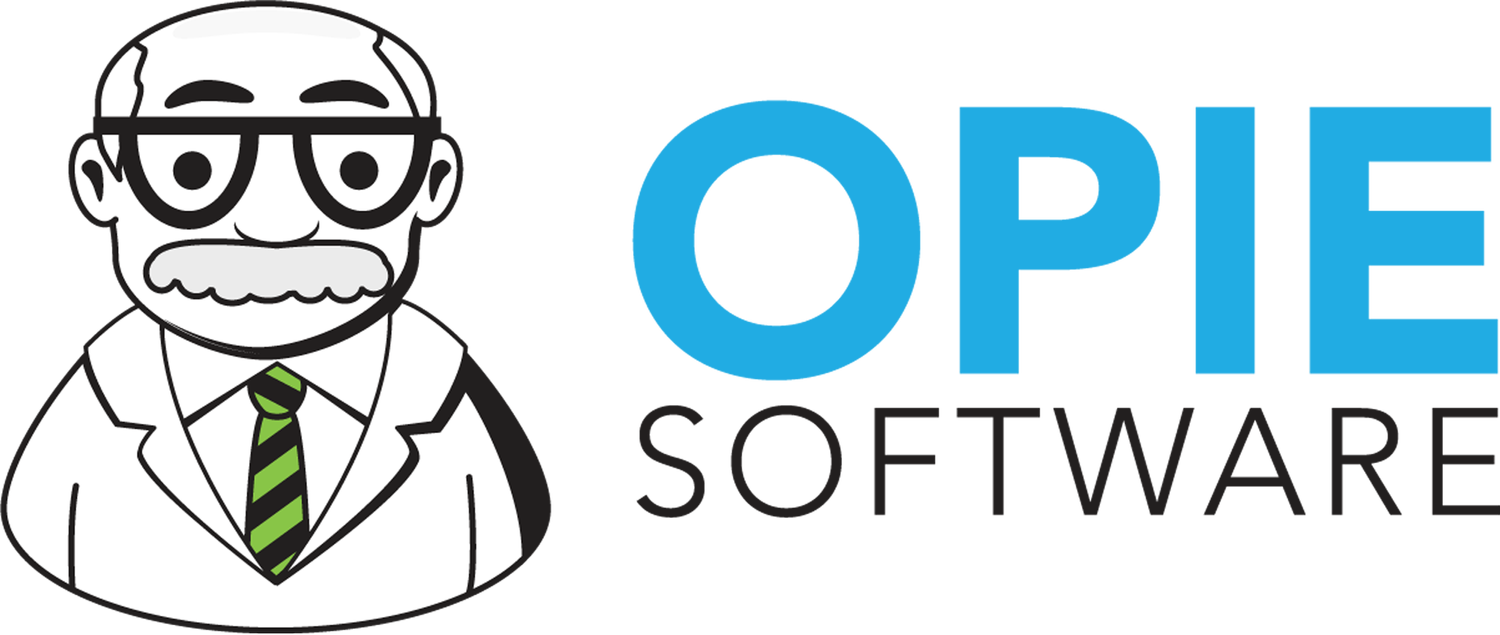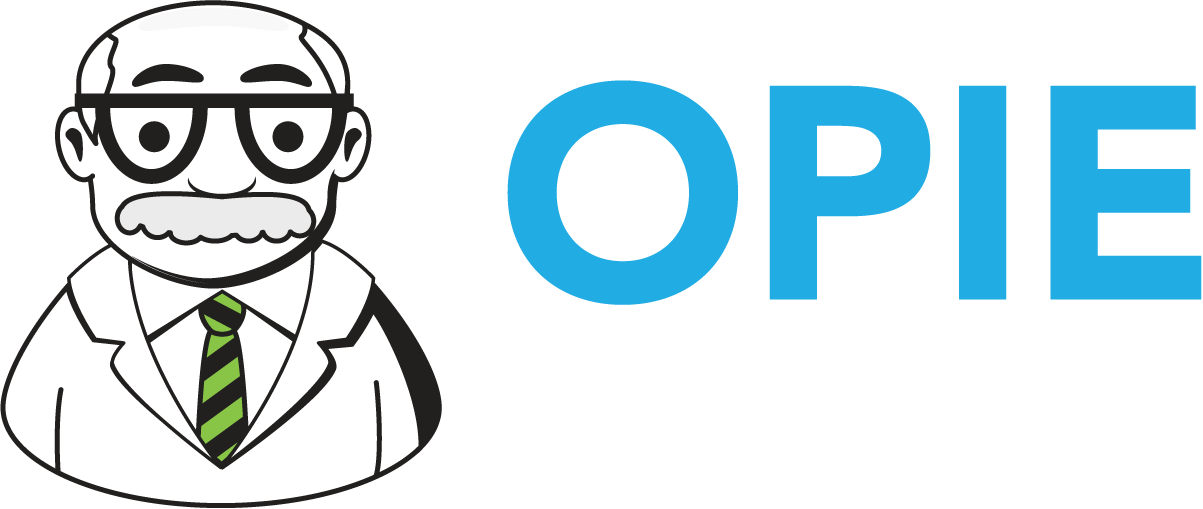Harnessing the Future: Elevating Your Practice with Technology
In today’s rapidly evolving O&P landscape, it's becoming increasingly evident that leading-edge technologies like 3D scanners and CAD software are not merely “nice-to-haves" but vital instruments shaping our profession’s future. But why? “If it ain’t broke, don’t fix it,” right?
The hands-on, tactile-based craftsmanship that has defined our profession for generations has undeniable skill and artistry. But in a business-driven healthcare world, scalability, reproducibility, data, and efficiency are paramount. Digital tools like CAD allow for unparalleled accuracy. You can actually know the depth of the relief, you can objectively document strength, and when it comes to patient care, repeatability can make all the difference, especially if you need to redo something.
It is scalable too! I can’t count how many times I have heard the expression “But they don’t have any hand skills.” When we can convert things like, “I know it when I feel it” into something someone else can use, we become more efficient. We are able to teach what we have learned over the years so that the quality for which we are known can be provided by the next generation. We become multipliers. Which means that if you can teach three people to do what you do, and you can have confidence that they are doing it right, you are no longer the bottleneck to your own profitability.
By objectifying the process, and allowing technology to assist you, you save both material resources and hours of labor. You also get data. I know, that isn’t super exciting. But healthcare thrives or dies on data. If you are going to be an integral part of the patient rehab process, you have to be able to tell the patient’s story through data. The use of digital tools provides a plethora of information that you can use to demonstrate the decisions you are making.
And I get it. Transitioning from hands-on, tactile skills to mastering a digital platform can be daunting. But let’s consider some crucial points:
Just as you once mastered the nuances of tactile fabrication, the world of digital design can become second nature. And remember, while the tools change, the foundational knowledge of O&P remains the same. In fact, it is a huge mistake to think that machines replace your knowledge.
Embracing these technologies positions your practice at the forefront of the profession. In a competitive market, offering state-of-the-art solutions can significantly differentiate your services.
Digital files can be shared, reviewed, and modified collaboratively, allowing for better communication within teams and with patients.
For many, the shift from tactile to digital might feel like relinquishing a part of the profession's soul. But it’s crucial to understand that it's about evolving, not replacing. By integrating 3D scanners and CAD software into your workflow, you’re simply augmenting your craftsmanship with tools that amplify precision, speed, and adaptability.
In a nutshell, it's about harmonizing the invaluable hands-on skills that got us here with the tech-savvy innovations that will drive us forward. For the sake of business growth, improved patient outcomes, and keeping pace with a dynamic industry, it's time to embrace the digital revolution in O&P. You may have noticed a recent OPIE Release Note letting you know about the new form in OPIE called “Digital Fabrication Files.” This is your gateway into this new world!

